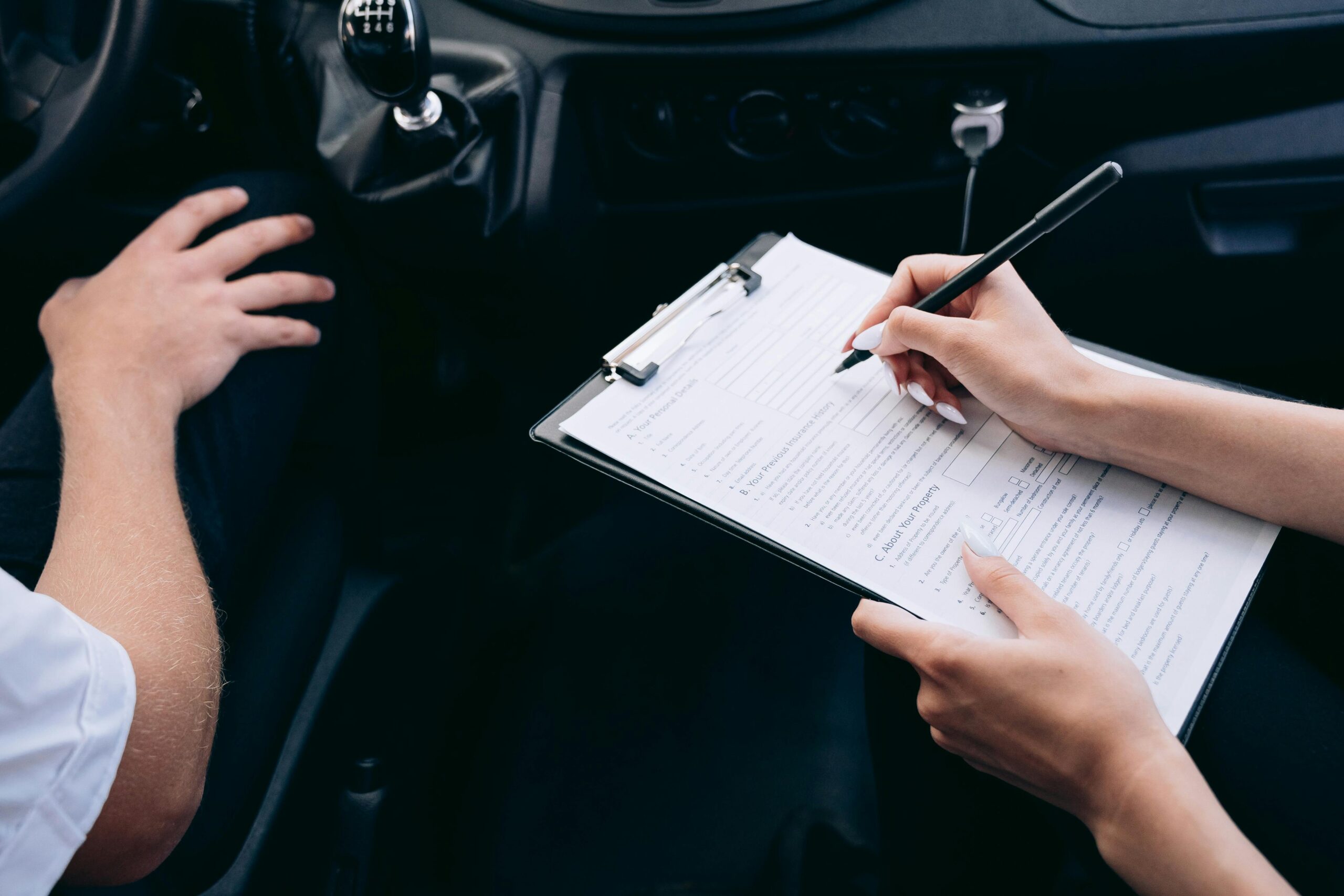German Road Rules: What You Need to Know to drive in Germany
Driving in Germany offers a blend of thrill and precision, from cruising on the unrestricted sections of the Autobahn to navigating the picturesque streets of quaint villages. But before you hit the road, mastering Germany’s unique and meticulous road rules is essential to enjoy a safe and seamless journey. Whether you’re a speed enthusiast eager to experience the Autobahn or a tourist exploring the scenic routes, this guide will arm you with everything you need to know to drive like a local. Buckle up, and let’s dive into the essentials of driving in Germany!
General German Road Rules
- Driving Side: Always drive on the right-hand side of the road.
- Seatbelts: Mandatory for all passengers, both in the front and rear seats.
- Headlights: Use headlights at night and during poor visibility. In some areas, daytime running lights are required.
- Mobile Phone Use: Hand-held phone use while driving is prohibited. Use hands-free devices if necessary.
- Alcohol Limits: The legal blood alcohol concentration (BAC) limit is 0.05% for experienced drivers. For novice drivers and those under 21, the limit is 0.00%.
Car Insurance in Germany

To register a vehicle in Germany, you must provide proof of third-party liability insurance, covering any damage or injury caused to others, including their vehicles or property. While collision or comprehensive insurance is not mandatory, most financial institutions require it for vehicle financing. This can significantly increase your insurance costs, and overall, insurance premiums in Germany tend to be high.
Several factors determine the cost of insurance beyond just the coverage level. Inexperienced drivers typically face higher premiums than those with more driving experience. Insurance rates are also higher for drivers of larger, more powerful cars compared to those with smaller, less expensive vehicles. Additionally, residents of urban areas generally pay more than those living in rural regions, and individuals with a history of accidents may see higher rates than those with clean driving records.
German road signs
Similar to all matters concerning traffic, the StVO outlines every road sign. In Germany, traffic signs possess uniform shapes and colors, and display icons and symbols that are straightforward to comprehend.
| Type of sign | Shape/Appearance | Purpose | Examples |
|---|---|---|---|
| Warning Signs | Triangular with a red outer rim | Alert drivers to potential dangers or restricted areas | Rail crossings, sharp turns, animals |
| Mandatory Signs | Round, often blue or red, no uniform template | Specify required actions or indicate who can use the road | Speed limits, direction arrows, cycle lanes |
| Road Markings | White lines, various patterns | Provide guidance or indicate rules directly on the road | Zebra crossings, lane divisions |
| Informative Signs | Square or rectangular | Provide useful information about routes, destinations, or facilities | Directions to cities, parking zones |
| Temporary Signs/Devices | Striped red and white, may flash | Temporary alerts requiring extra attention, usually due to roadwork or hazards | Detours, construction areas |
German Road Rules in the Autobahn
The German Autobahn is renowned worldwide for its efficient design, high speeds, and strict rules that ensure safety on this iconic highway network. While many stretches of the Autobahn have no specific speed limits, drivers are advised to maintain a “recommended speed” of 130 km/h. Speed limits are enforced in areas prone to congestion, construction zones, and regions near cities to enhance safety.
Lane discipline is crucial on the Autobahn, with the left lane reserved strictly for overtaking. Stopping on the Autobahn is illegal except in emergencies, as is running out of fuel, which is considered preventable negligence. Additionally, vehicles must be in top condition, as high speeds demand full control and reliability. These regulations, combined with Germany’s commitment to maintaining its roads, make the Autobahn a unique driving experience that is both exhilarating and safe when rules are followed.
Rent cars in Germany with DRIVAR
Renting a car in Germany is an excellent way to explore the country’s vibrant cities, scenic countryside, and world-famous Autobahn. To ensure a seamless rental experience, it’s important to understand the rules and steps involved.
Driving Rules for Renting a Car in Germany
- Age Requirements
- Driver’s License
- Insurance
- Speed Limits
Rent Cars in Germany: Steps
Renting a car in Germany is an excellent way to explore the country’s vibrant cities, scenic countryside, and world-famous Autobahn. To ensure a seamless rental experience, it’s important to understand the rules and steps involved.
Steps to Rent a Car in Germany
- Choose a Rental Company: Select a reliable rental service such as DRIVAR®, known for its high-quality vehicles and excellent customer support.
- Select Your Vehicle: Decide on a car that suits your needs, whether it’s a compact car for city exploration, a luxury sedan for business travel, or an SUV for family trips.
- Book Online: Use the rental company’s website or app to check availability, compare prices, and book your car. Specify your pickup and drop-off locations, such as major airports or city centers.
- Provide Documents: At the rental counter, present your valid driver’s license, passport, and credit card. Some companies may require an IDP or proof of insurance.
- Inspect the Vehicle: Before driving off, inspect the car for any existing damages and report them to the rental agent. Take photos as evidence.
- Return the Car: Return the vehicle on time to avoid extra charges. Ensure it is in the same condition as when rented, and refill the fuel tank if required.
Our premium cars for rent
German Road Rules – Conclusion
Driving in Germany offers a unique and exciting experience, from the high-speed Autobahn to the scenic countryside. However, understanding the country’s road rules is essential for a safe and enjoyable journey. Whether you’re navigating roundabouts, adhering to speed limits in urban areas, or enjoying the freedom of the Autobahn, respecting Germany’s traffic laws ensures a smooth ride. Equip yourself with the necessary documents, follow the rules, and savor the thrill of exploring Germany’s roads like a local!











